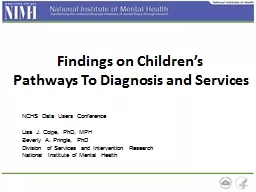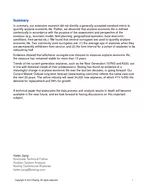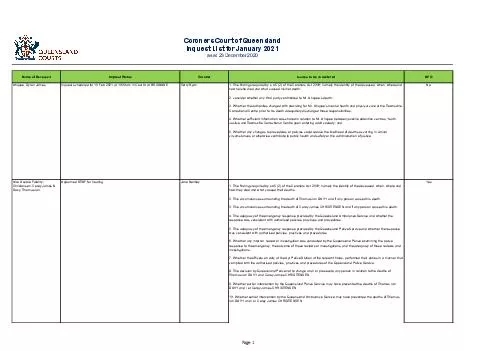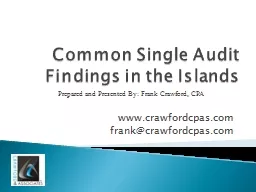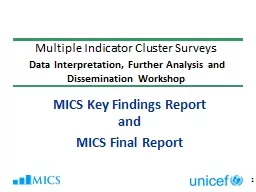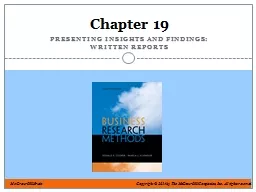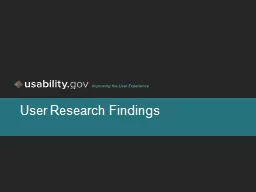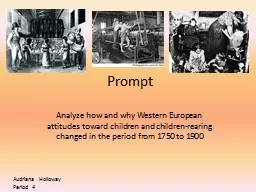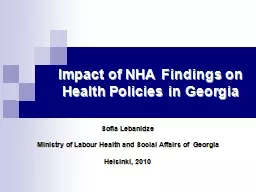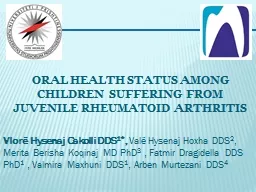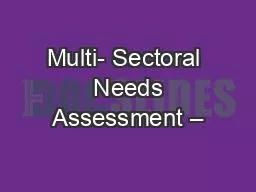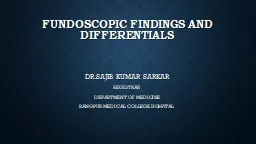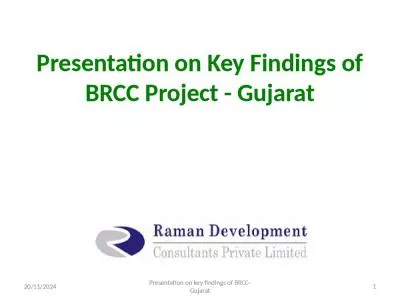PPT-Findings on Children’s
Author : lindy-dunigan | Published Date : 2019-12-21
Findings on Childrens Pathways To Diagnosis and Services NCHS Data Users Conference Lisa J Colpe PhD MPH Beverly A Pringle PhD Division of Services and Intervention
Presentation Embed Code
Download Presentation
Download Presentation The PPT/PDF document "Findings on Children’s" is the property of its rightful owner. Permission is granted to download and print the materials on this website for personal, non-commercial use only, and to display it on your personal computer provided you do not modify the materials and that you retain all copyright notices contained in the materials. By downloading content from our website, you accept the terms of this agreement.
Findings on Children’s: Transcript
Download Rules Of Document
"Findings on Children’s"The content belongs to its owner. You may download and print it for personal use, without modification, and keep all copyright notices. By downloading, you agree to these terms.
Related Documents

